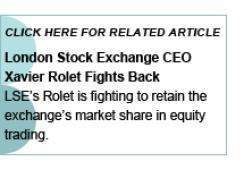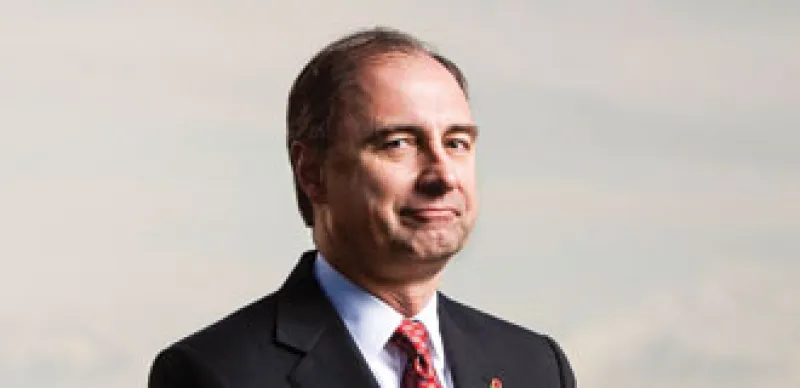After weeks of anticipation, the London Stock Exchange Group announced on December 21 that it had struck a deal to buy Turquoise, a London-based pan-European multilateral trading facility (MTF), and merge its businesses with Baikal, the LSE’s own pan-European dark pool. The combined entity will give the exchange group a means of competing directly with alternative trading platforms, which have successfully seized market share from the LSE and other major incumbent exchanges since their emergence in the wake of European market deregulation in late 2007.

The LSE has now promised to fully fund the cash needs of the new enterprise for the first two years in the wake of the deal with the intention of helping Turquoise turn a profit. Although the banks have stepped back, they still have an interest in Turquoise’s future: The combined entity will be 60 percent owned by the LSE and 40 percent owned by the existing Turquoise shareholders, who are global investment banking clients of the exchange group. The LSE plans to broaden equity participation in the new venture by selling up to 9 percent of the issued share capital to other parties while retaining a majority stake in the business.
The opportunities afforded by the merger of Turquoise and Baikal should help the LSE regain some of its competitive edge. Turquoise now operates across 15 European markets, and its integrated trading platform combines both dark and lit, or visible, order flows. With the banks as co-owners, Turquoise will likely be able to continue to attract significant liquidity from its equity partners, affording the LSE a new means of protecting its trading volumes. But LSE CEO Xavier Rolet is not interested in simply using Turquoise for defensive purposes — he intends to build upon Turquoise’s existing infrastructure and take the battle to the MTFs.





